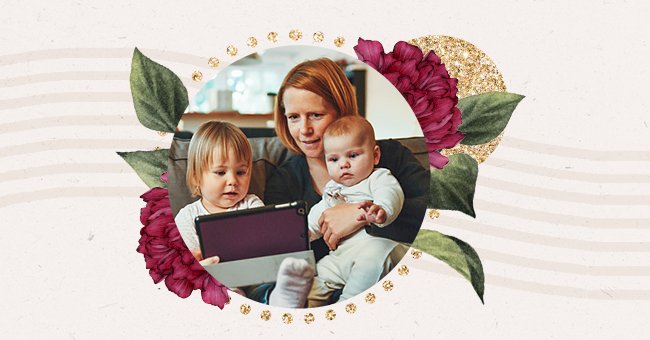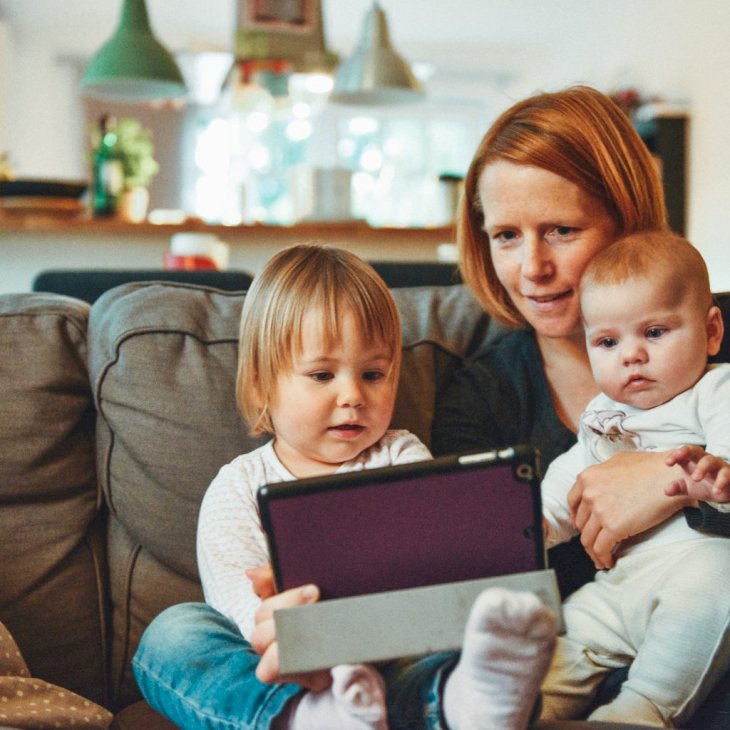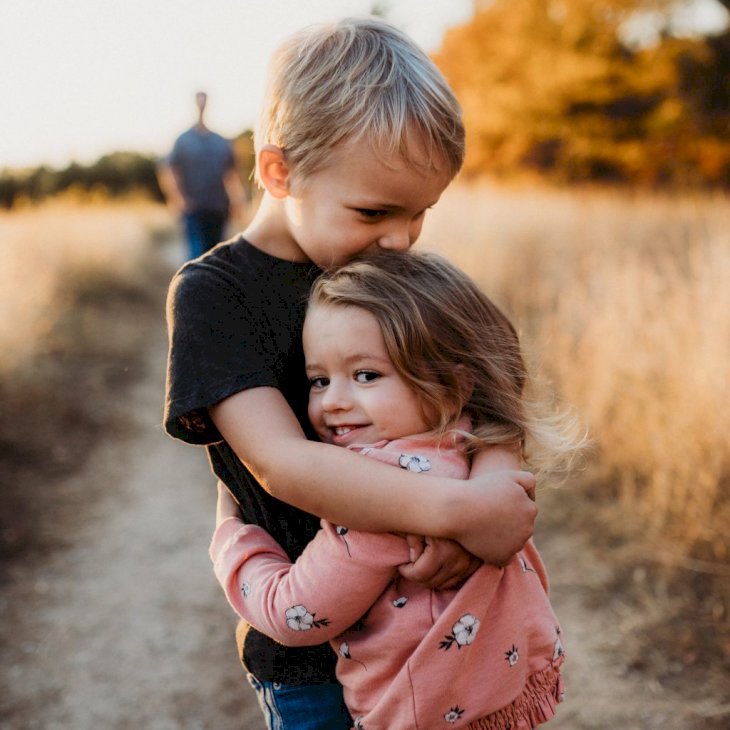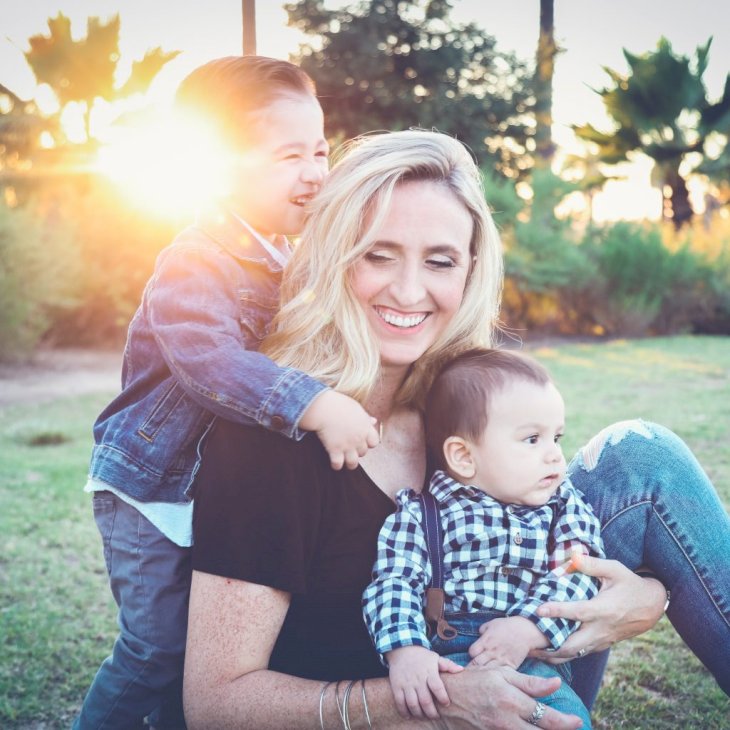
A Guide To Teaching Children About Healthy Relationships Even If You Aren't In One
Whether it's a friendship or a professional relationship, understanding expectations and exercising boundaries is imperative.
The goal of many parents or adults in a position to teach children is to see the child grow and be well equipped to have fulfilling relationships. Having a conversation about healthy relationships provides an opportunity to begin the conversation about invaluable social skills that your child will need in life.
Some critical social skills are some things that we're still trying to grasp as adults. Hence some of the difficulties we still face in expressing ourselves when we're older. To try to help your child have healthier relationships, you could start with a few conversations. Here's a guide on how to teach children about healthy relationships.
Setting Friendship Goal

Photo by Alexander Dummer on Unsplash
As an older person, consider what a healthy relationship or friendship looks like. What does it look like for you to be or have a good relationship?
You can ask your child questions about their friends, like what makes ___ a good friend to you? Stay present in your child's life and ask when they return from playdates, ask questions like, "did you have fun with ___?"
Boundaries

Photo by Isaiah Rustad on Unsplash
Boundaries are not the easiest things to understand as an adult and may be as tricky for children to navigate, but it is essential to learn regardless.
Think about the idea of a relationship deal-breaker and where to draw lines when a friend or other person starts to make them uncomfortable
Understanding Consent

Photo by Patty Brito on Unsplash
Unpack the idea of consent in various contexts, like asking to hug someone and also being able to express when they don't want to be hugged, for instance. This behavior goes both ways.
Becoming familiar with the idea of consent to the young provides the building block to practicing it when someone gets older in life. It also helps to build empathy and consideration over their actions and how they affect others.
Addressing Peer Pressure

Photo by Matteo Badini on Unsplash
Healthy self-esteem is one of the best ways to try and minimize the risk of negative peer pressure. Introduce positive reinforcement like praising good work and behavior to boost the child's self-esteem.
If your child can identify dangerous situations and risky behaviors, they might be better equipped to say no when pressured. Also, make it clear that your child can seek help from a trusted adult when they're being made to feel uncomfortable.
Keep In Mind

Photo by Edward Cisneros on Unsplash
Model the value you want your child to learn. If your child can see how you deal with difficult situations, it can help them to pick those habits up too.